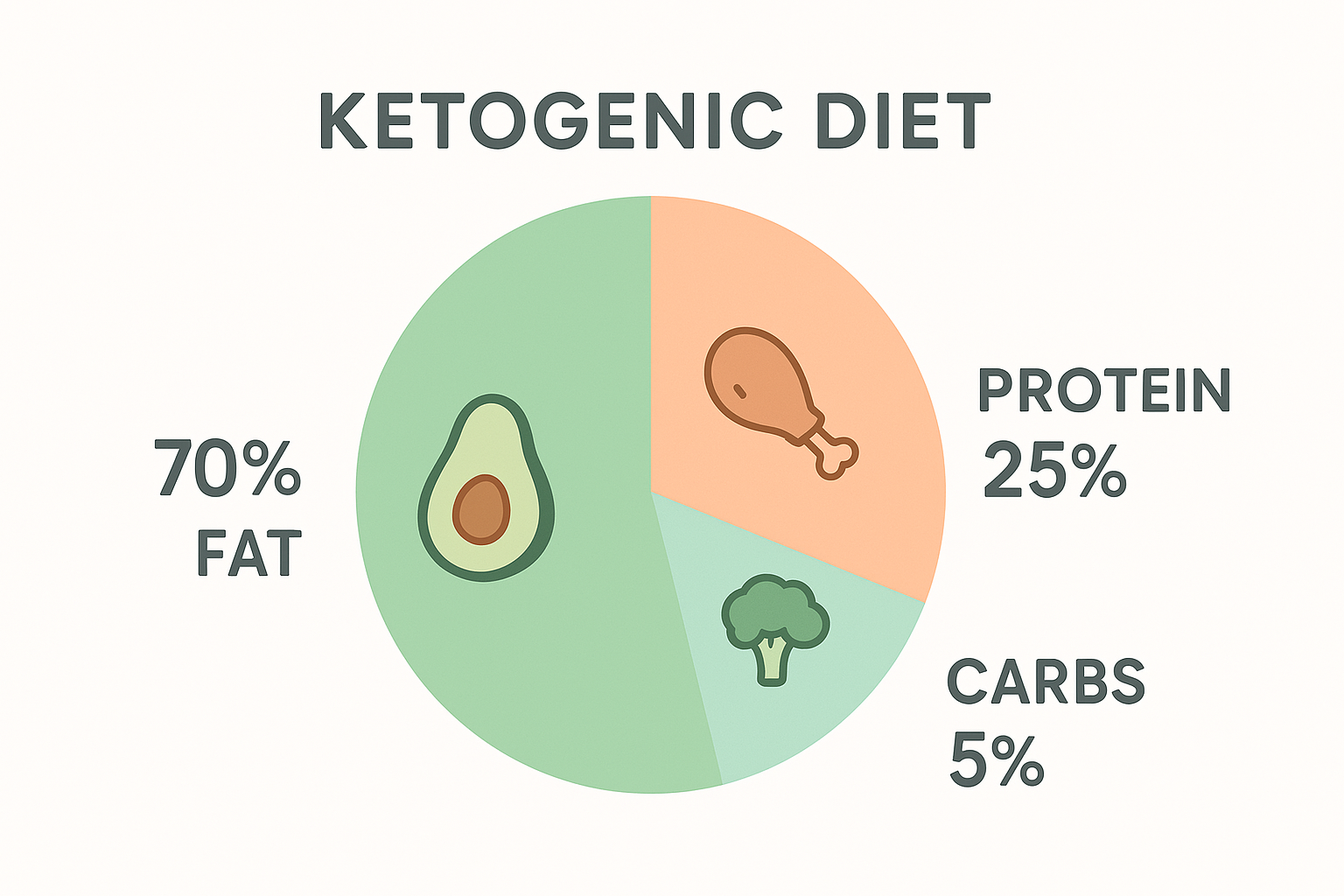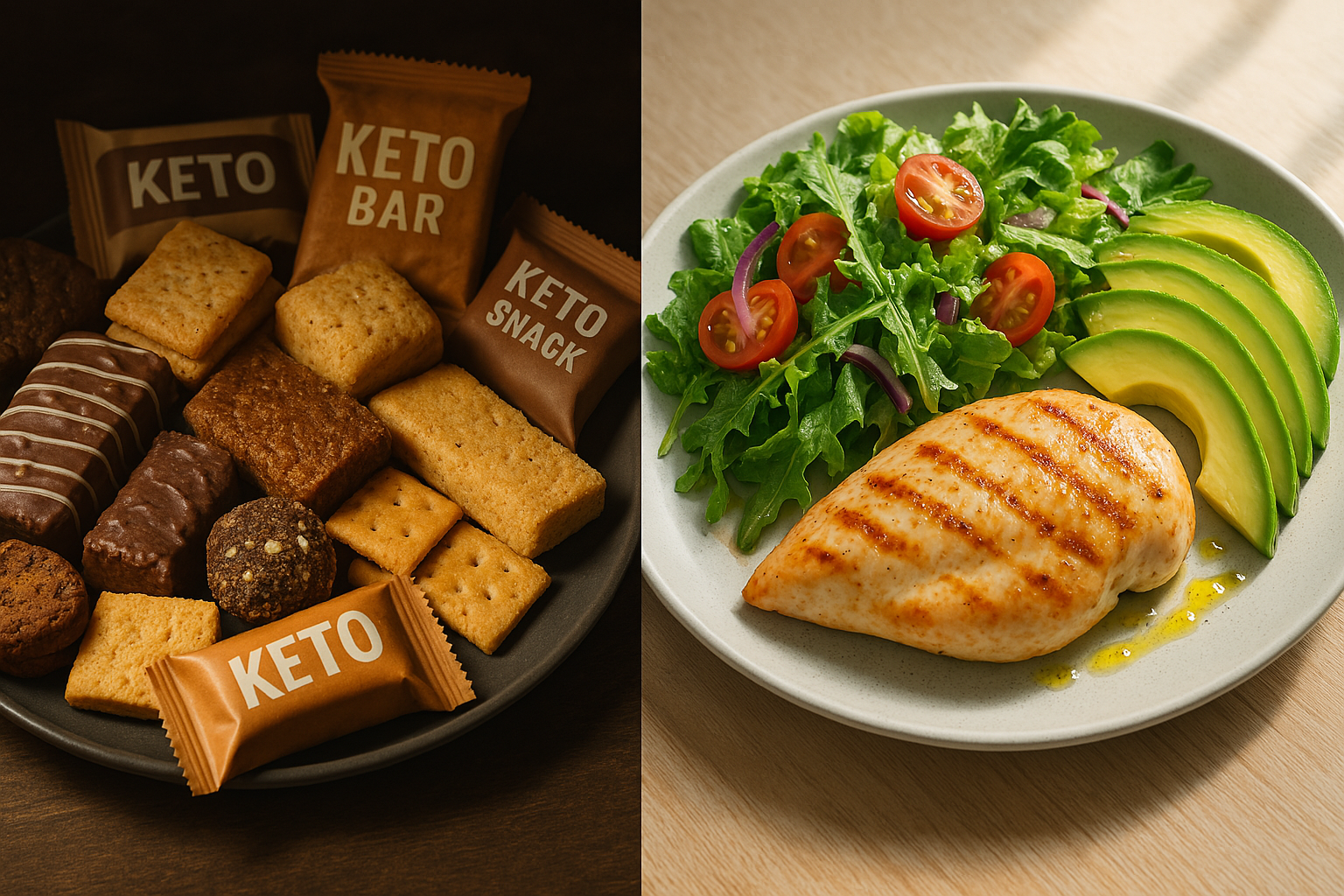Let's be honest, diving into the ketogenic diet can feel like learning a new language. Carbs are out, fat is in, and suddenly everyone's talking about 'macros' and 'ketosis'. If you're standing there thinking, "Where do I even begin?", take a deep breath. You're in the right place.
I remember feeling that exact same mix of excitement and total confusion. The internet throws so much information at you! But trust me, once you grasp the basics, keto becomes much less intimidating and, dare I say, even enjoyable. This guide is designed to be your friendly companion, cutting through the noise and giving you the practical steps you need to start your keto diet for beginners journey successfully.
So, What Exactly Is Keto? (The Non-Sciencey Version)
Think of your body like a hybrid car. Most of the time, it runs on gasoline (glucose from carbs). The keto diet essentially trains your body to switch over to its electric power source – using fat for fuel instead.
Here's the slightly more technical bit: when you drastically cut down on carbohydrates (usually to under 50 grams, sometimes even 20 grams per day), your body doesn't have enough glucose for energy. So, it starts breaking down fat in your liver, producing molecules called ketones. Your brain and body then happily use these ketones for energy. This fat-burning state is called ketosis.
 Typical keto macro breakdown: High fat, moderate protein, very low carb.
Typical keto macro breakdown: High fat, moderate protein, very low carb.
Why Bother? The Perks of Going Keto:
- Fat Burning Machine: Your body learns to tap into its fat stores for energy. Hello, weight loss!
- Steady Energy: Say goodbye to those afternoon energy slumps caused by blood sugar crashes. Ketones provide a more stable fuel source.
- Appetite Control: Fat and protein are super filling, often leading to naturally eating less without feeling starved.
- Mental Clarity: Many people report feeling sharper and more focused once they adapt – often called the "keto clarity."
- Potential Health Boosts: Research suggests benefits for blood sugar control, heart health markers, and more (though always chat with your doc!).
Important Note: Keto is fantastic for many, but it's not for everyone. If you have pre-existing conditions (especially kidney, liver, or pancreatic issues), are pregnant or breastfeeding (see our Keto for Women guide for specific considerations), definitely consult your doctor before starting.
Tackling the "Keto Flu" (It's Mostly Electrolytes!)
One of the first hurdles many beginners face is the infamous "keto flu." Symptoms like headaches, fatigue, muscle cramps, and brain fog can pop up in the first few days as your body adapts.
Don't panic! This isn't a real flu. It's primarily your body adjusting to lower carb intake and shedding water, which flushes out electrolytes (sodium, potassium, magnesium) – a key point discussed in our guide to common keto mistakes.
 Staying hydrated and replenishing electrolytes is key to managing the 'keto flu'.
Staying hydrated and replenishing electrolytes is key to managing the 'keto flu'.
How to Combat It:
- Hydrate: Drink plenty of water throughout the day.
- Salt is Your Friend: Add extra salt (Pink Himalayan or sea salt) to your food and even a pinch to your water. Aim for 5-7 grams of sodium daily initially.
- Potassium Power: Include keto-friendly potassium sources like avocado, spinach, mushrooms, and salmon.
- Magnesium Matters: Consider a magnesium supplement (glycinate or citrate) before bed, as food sources are often insufficient. Aim for 400-500mg.
- Electrolyte Drinks: Sugar-free electrolyte powders can be a lifesaver.
(For more details on testing your levels, see our Keto Testing Guide.)
Understanding Keto Macros
"Macros" is short for macronutrients: Fat, Protein, and Carbohydrates. Getting the right ratio is key to staying in ketosis.
- Fat (Around 70% of calories): This is your primary fuel source. Focus on healthy fats like avocados, olive oil, coconut oil, MCT oil, butter, ghee, nuts, seeds, and fatty cuts of meat/fish.
- Protein (Around 25% of calories): Essential for muscle maintenance and satiety. Get it from meat, poultry, fish, eggs, and some dairy. Don't overdo it, but definitely don't undereat protein either.
- Carbohydrates (Around 5% of calories): Keep carbs low, typically under 20-30 grams of net carbs per day. Net carbs = Total Carbs - Fiber - Sugar Alcohols (use caution with these). Focus on non-starchy vegetables like leafy greens, broccoli, cauliflower, zucchini, etc.
Don't stress about hitting these percentages perfectly every single day, especially at first. Focus primarily on keeping carbs very low. Use a keto macro calculator as a starting point and adjust based on how you feel.
What to Eat & What to Avoid
Keep it simple initially!
Eat Plenty Of:
- Meats (beef, pork, lamb)
- Poultry (chicken, turkey)
- Fish & Seafood (salmon, sardines, shrimp)
- Eggs
- Healthy Fats (avocado, olive oil, coconut oil, butter, tallow)
- Non-Starchy Vegetables (spinach, kale, broccoli, cauliflower, zucchini, bell peppers, asparagus)
- Full-Fat Dairy (cheese, heavy cream, sour cream - in moderation)
- Nuts & Seeds (macadamias, almonds, pecans, chia, flax - watch portions)
Avoid/Limit Strictly:
- Sugary Foods (soda, candy, juice, pastries, most fruits except berries in small amounts)
- Grains (wheat, rice, oats, corn, bread, pasta)
- Starchy Vegetables (potatoes, sweet potatoes, corn, peas)
- Legumes (beans, lentils, peanuts)
- Most Processed Foods (check labels for hidden sugars/carbs - a frequent issue highlighted in our common keto mistakes guide)
- Low-Fat Diet Products (often high in sugar)
 Focus on whole, unprocessed foods for the best results on keto.
Focus on whole, unprocessed foods for the best results on keto.
(Need ideas? Check out our Keto Shopping List!)
Simple First Steps
- Clean Out Your Pantry: Remove tempting high-carb foods.
- Go Shopping: Use a keto shopping list to stock up on keto staples.
- Plan Simple Meals: Don't get fancy. Stick to basic protein + veggie + fat meals initially. (Check out our Beginner Meal Plan and Easy Keto Recipes!)
- Hydrate & Manage Electrolytes: Seriously, don't skip this!
- Be Patient: Give your body time to adapt (1-2 weeks usually).
Starting keto is a learning process. Be kind to yourself, focus on progress over perfection, and enjoy discovering delicious new ways to eat! (Read about common pitfalls in our Common Keto Mistakes guide.)
What's your biggest question about starting keto? Ask below!
